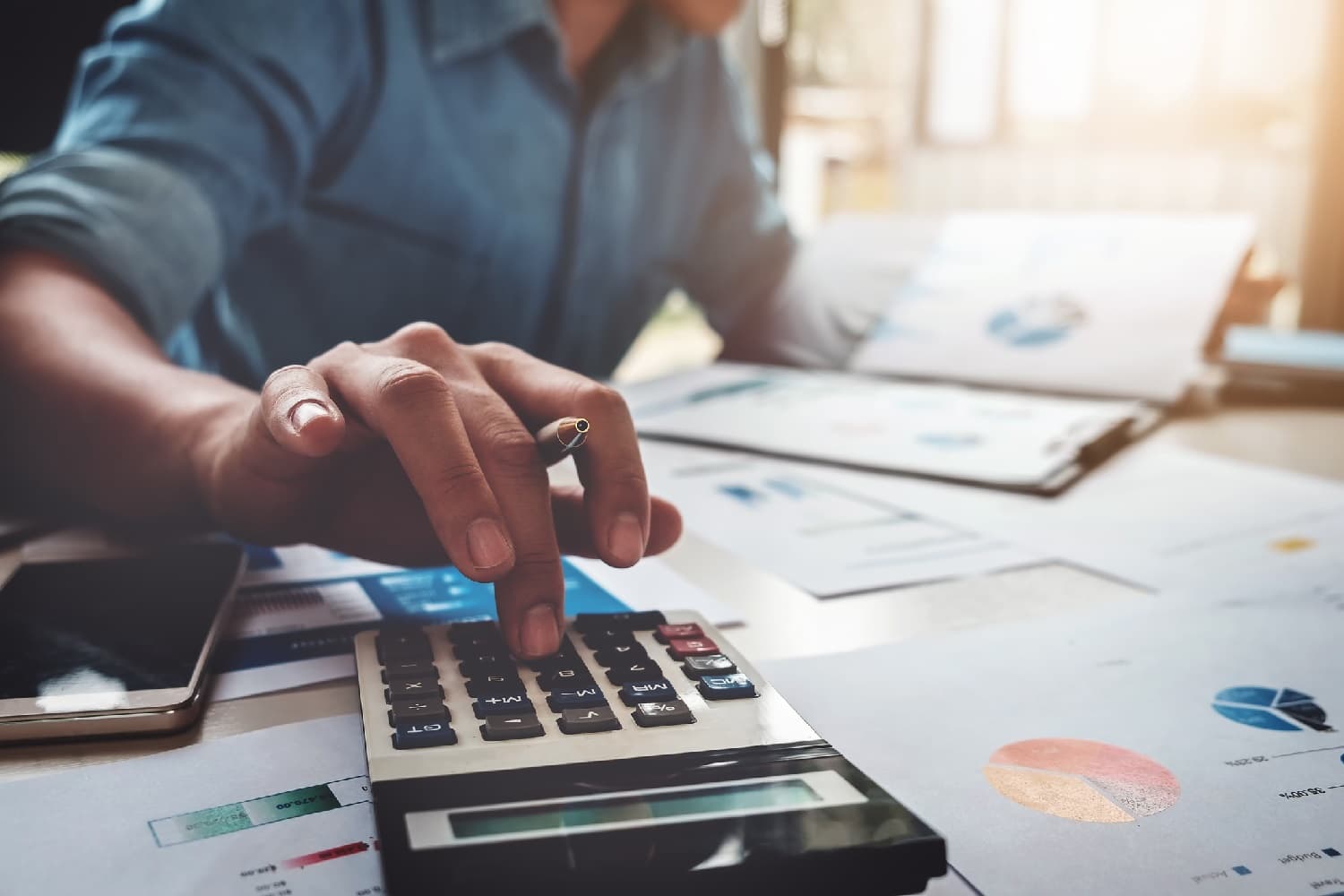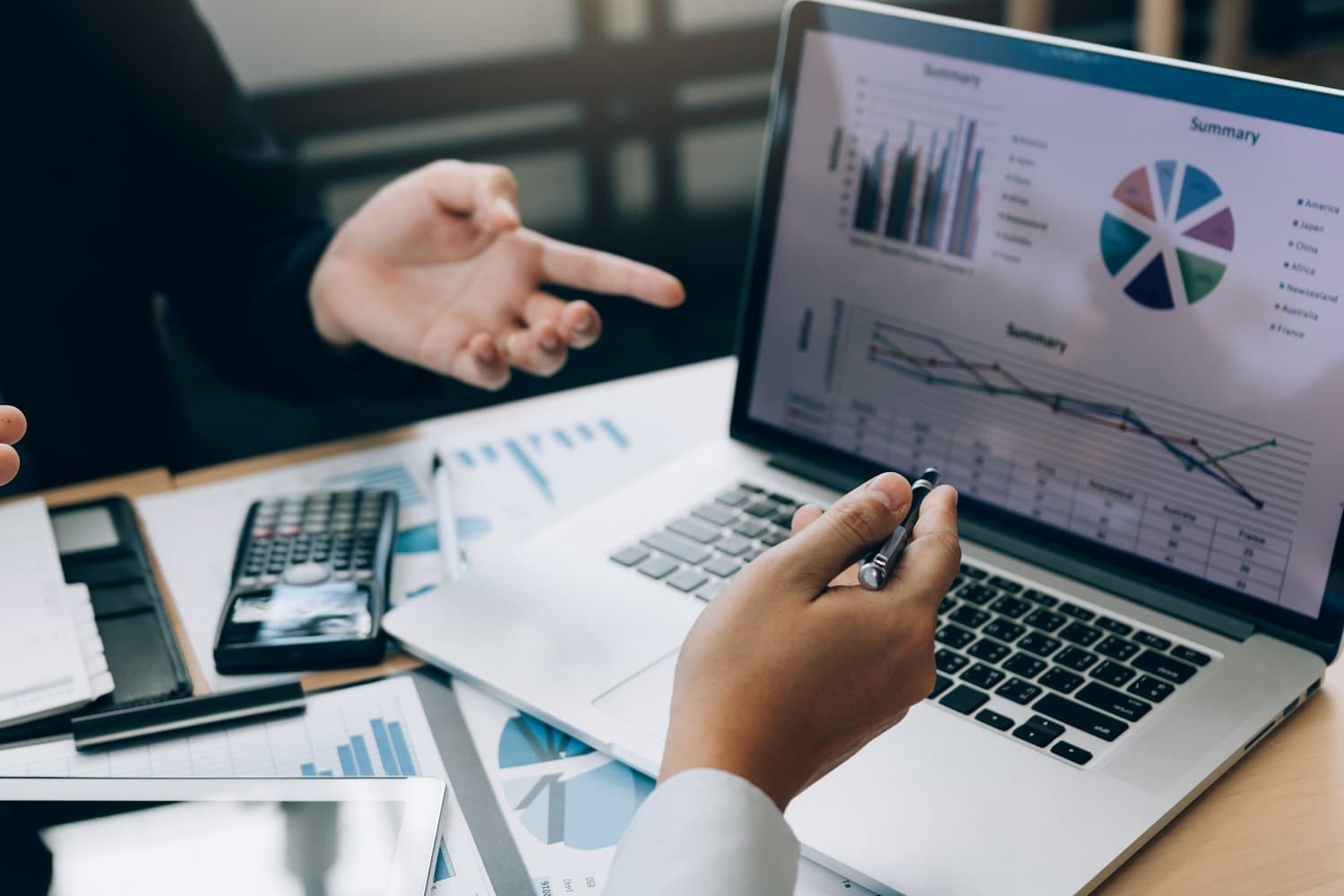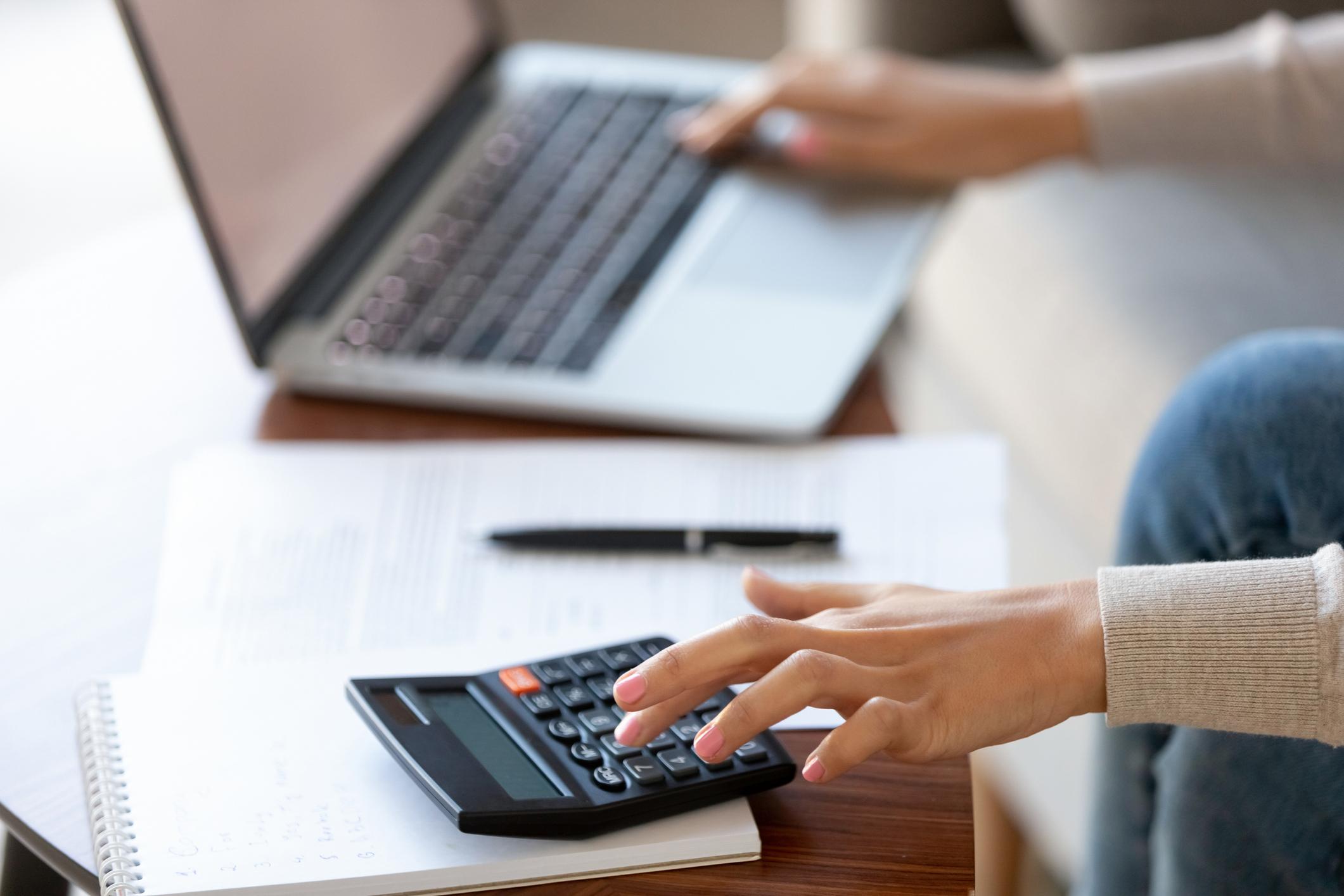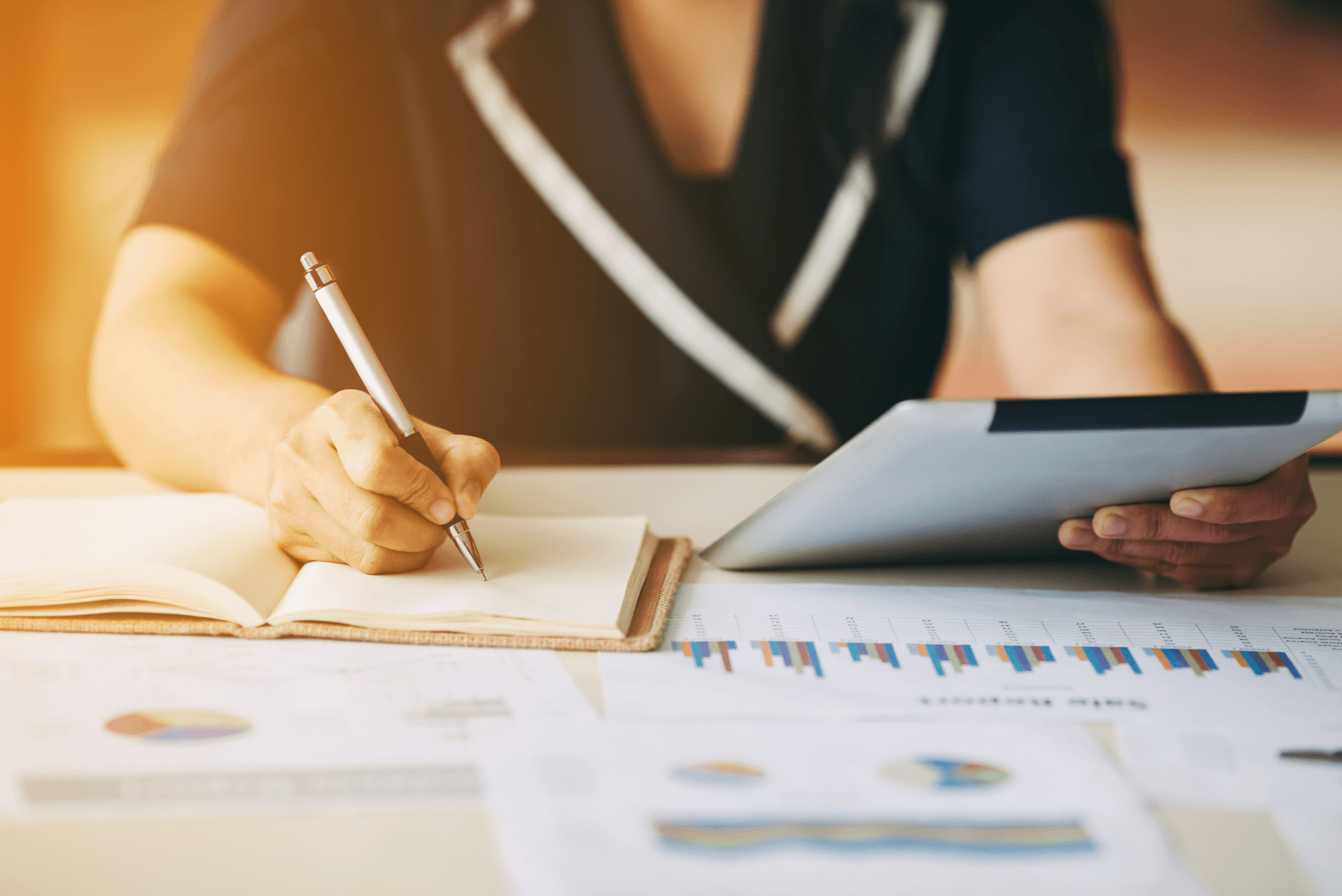Business News Daily provides resources, advice and product reviews to drive business growth. Our mission is to equip business owners with the knowledge and confidence to make informed decisions. As part of that, we recommend products and services for their success.
We collaborate with business-to-business vendors, connecting them with potential buyers. In some cases, we earn commissions when sales are made through our referrals. These financial relationships support our content but do not dictate our recommendations. Our editorial team independently evaluates products based on thousands of hours of research. We are committed to providing trustworthy advice for businesses. Learn more about our full process and see who our partners are here.
What’s a Balance Sheet and Why Do I Need One?
Learn about balance sheets and how they differ from other financial statements.

Table of Contents
A balance sheet is an essential tool for business owners who must understand their assets, liabilities and owner’s equity and how these balances change from one accounting period to the next. This guide introduces you to the balance sheet and explains its importance to your business.
What is a balance sheet?
A balance sheet lists assets and liabilities and the difference between them (owner’s equity) at a specific time. The balance sheet helps you analyze your business’s financial health and net worth according to book value.
What does a balance sheet include?
A balance sheet includes the following:
- Assets the business owns, including real estate, vehicles, office equipment, accounts receivable (AR) and goodwill
- Short-term and long-term liabilities, such as accounts payable (AP) and loans
- Owner’s equity ― the difference between total assets and total liabilities
Here’s a look at each component.
Assets
There are two types of assets: current assets and noncurrent assets:
- Current assets: Current assets include cash or something easily converted into cash or used up within a year. Current assets include money in business bank accounts, AR, inventory, supplies and prepaid expenses that apply to the following operating cycle.
- Noncurrent assets: Noncurrent assets are not expected to be liquidated within a year. They have a longer lifespan than current assets and include tangible assets like machinery, computers, the building your business operates in and land. Noncurrent assets can also be intangible assets like patents, goodwill and copyrights; these assets are not physical but are essential elements of your business.
Liabilities
Business liabilities are financial obligations a company owes other entities. They are categorized into current and long-term liabilities:
- Current liabilities: Current liabilities include amounts that must be paid within one year, including AP, payroll, income tax liability or the short-term portion of long-term debt.
- Long-term liabilities: Long-term liabilities refer to long-term debts and other financial obligations due after a period of more than one year.
Owner’s equity
The difference between total assets and total liabilities equals owner’s equity (or shareholder’s equity). If the business assets are greater than its liabilities, the owner’s equity is positive. If the liabilities exceed the assets, the owner’s equity is negative.
How does a balance sheet tie into other financial statements?
A balance sheet is one of three financial statements. The other statements are as follows:
- Income statement: An income statement shows income, expenses and profit or loss during a specific period.
- Cash flow statement: Cash flow statements show the cash generated and spent during a specific period.
Consider balance sheets for the beginning and end of a financial period as snapshots in time. The income statement shows what happened during that time. The cash flow statement ties the balance sheets and the income statement together by showing how cash moved in and out of the business.
Why do I need a balance sheet?
A balance sheet is a snapshot of your business’s health at a specific time. You need balance sheets for the following reasons.
1. A balance sheet helps you manage your business.
You should compare balance sheets from the beginning and end of a specific period to see how the total amounts change. For example, your balance sheet tells you how your assets compare to your liabilities. If your short-term liabilities (amounts you must pay within the next financial period) are growing in proportion to your short-term assets, such as cash, you may have trouble meeting obligations in the near future.
2. Bankers, creditors and investors require balance sheets.
You’ll need to present financial statements, including balance sheets, to bankers and other outside parties. For example, if you apply for a business loan, the bank will expect to see your financial statements to determine your business’s financial health.
3. You may need a balance sheet on your tax return.
Unless you file taxes as a sole proprietor, you are required to have a balance sheet for tax purposes. This balance sheet may differ from the one you use for accounting purposes, for example, if you use a different accounting method for tax vs. book depreciation.
4. A balance sheet helps you value your business.
If you ever want to sell the business, you should be able to say what the book value of your company is according to the balance sheet.
However, business valuation is complex. Book value does not take into consideration future expectations for a company. For example, a company that is growing and making a profit should be worth more than the book value in a sale. Meanwhile, a business that is struggling or has recently received negative press may sell for less than the net book value, as shown on the balance sheet.
William Brigham, director of the New York State Small Business Development Center in Albany, New York, said a balance sheet is a good reality check when it comes to determining your business’s value. “Everybody thinks their business is worth more than it really is,” Brigham explained.
Balance sheets are key business documents
Balance sheets provide crucial visibility into the financial health of your business. They help you compare revenue and expenses side by side, tracking where your money comes in from and where it goes. Balance sheet insights can enable better decision-making, more accurate financial planning and improved forecasting for your business ― all of which can contribute to your success.
Adam Uzialko contributed to this article. Source interviews were conducted for a previous version of this article.















